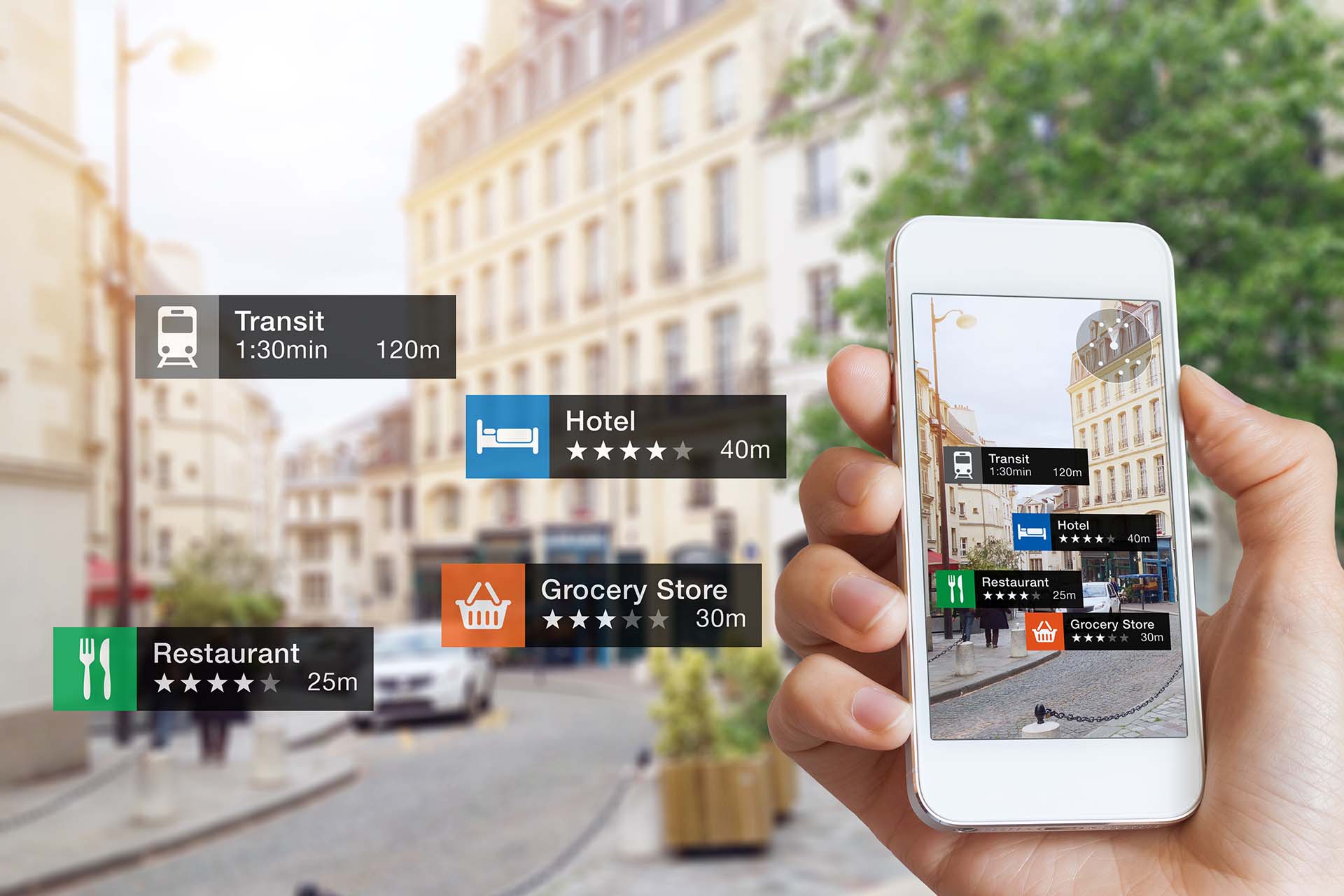As technology continues to evolve, we are constantly finding new ways to interact with the world around us. One such advancement is augmented reality (AR), a technology that blends the virtual world with the real world. AR has the potential to revolutionize the way we perceive and interact with our surroundings.
What is Augmented Reality?
Augmented reality is a technology that superimposes digital information, such as text, images, or 3D objects, onto the real world. It uses a combination of computer vision, machine learning, and other advanced technologies to merge the virtual and real worlds seamlessly. This allows users to see and interact with digital objects as if they were a part of the real world.
How does Augmented Reality Work?
Augmented reality works by using a device, such as a smartphone or tablet, with a camera, and sensors to track the user's position and movement. The AR software then uses this information to determine where to place the virtual objects in the user's field of view. The virtual objects are then projected onto the real world, creating a seamless blend between the virtual and physical worlds.
Applications of Augmented Reality
Augmented reality has numerous applications in various fields, including education, healthcare, entertainment, and business. In education, AR can be used to enhance the learning experience by providing interactive visual aids and simulations. For example, students can use AR to explore historical sites or to visualize complex scientific concepts.
In healthcare, AR can be used to improve patient outcomes by providing doctors and surgeons with real-time visual information during procedures. AR can also be used to train medical professionals in complex procedures, allowing them to practice in a safe and controlled environment.
In entertainment, AR can be used to enhance gaming experiences, creating more immersive and interactive games. AR can also be used in the film industry, allowing filmmakers to create realistic special effects.
In business, AR can be used to enhance customer experiences by providing interactive product demonstrations or virtual showrooms. AR can also be used in manufacturing, allowing engineers to visualize and test designs before production.
Challenges of Augmented Reality
Despite its many applications, augmented reality still faces several challenges. One of the biggest challenges is the need for more advanced hardware to support AR applications. This includes devices with more powerful processors, better cameras, and improved sensors.
Another challenge is the need for more sophisticated software. AR applications require complex algorithms and machine learning techniques to accurately track and map virtual objects onto the real world. Improvements in these areas will be necessary to fully realize the potential of AR.
Conclusion
Augmented reality has the potential to revolutionize the way we interact with the world around us. Its ability to seamlessly blend the virtual and physical worlds opens up new possibilities for education, healthcare, entertainment, and business. As hardware and software continue to advance, we can expect to see even more exciting applications of AR in the future.








